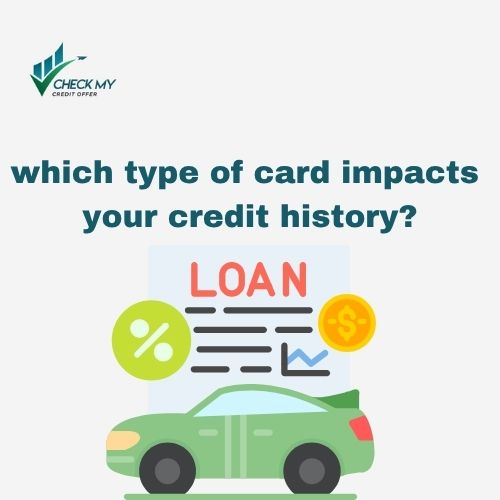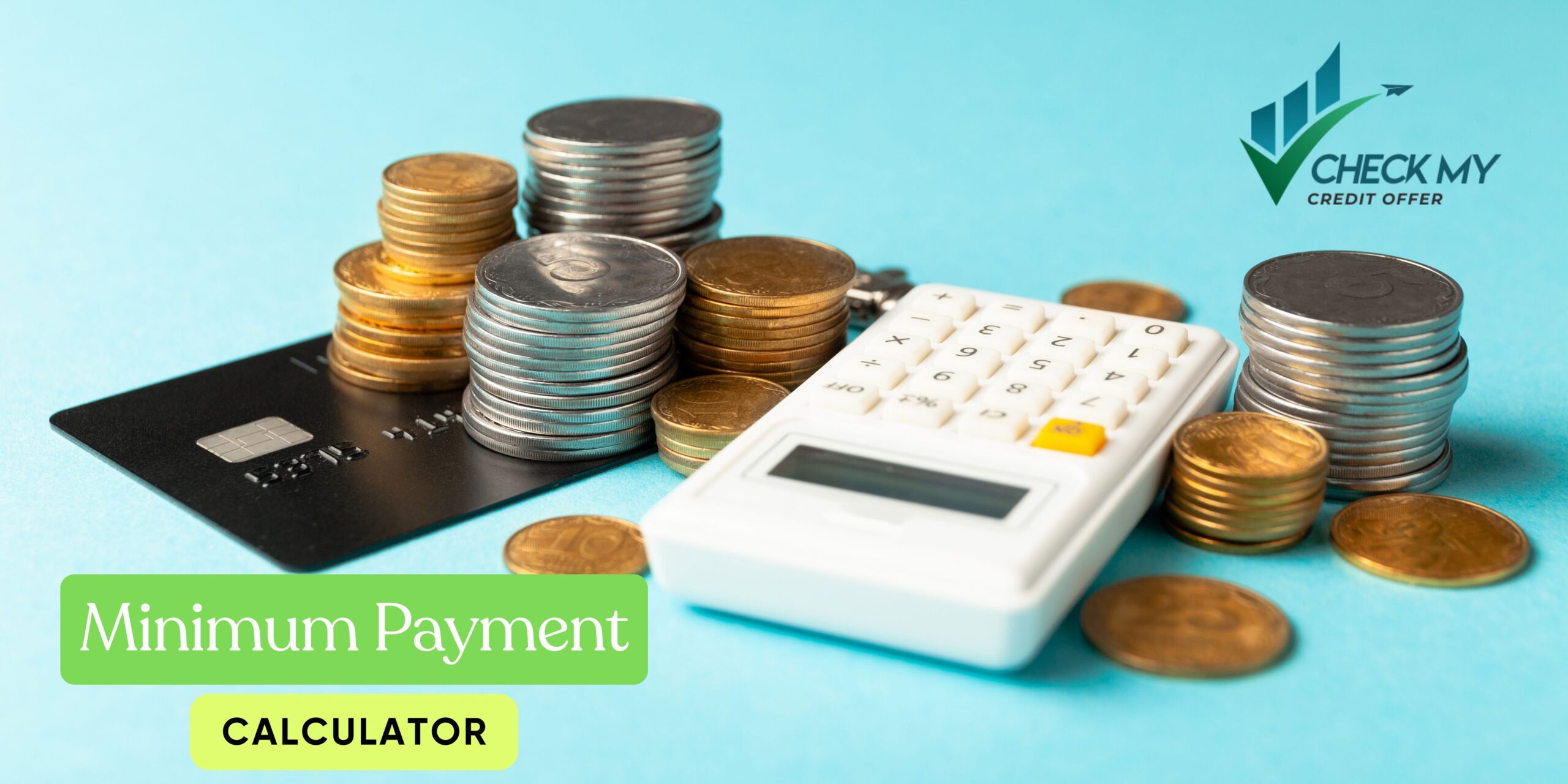Why Didn’t My Pre-Approval Code Work? Common Issues & Fixes
Receiving a pre-approval code by mail or by email can be exciting. It is a sign that a bank like Capital One, Chase, or American Express considered you a good candidate for one of their credit products. Positive, however, are the feelings when the code that you received won’t be accepted. Whether you are applying for a credit card, loan, or special financing offer, a expired code will have you stumped and frustrated. In this easy-to-follow guide, we’ll shed some light on why your pre-approval code is not working and give you tips to get you in business right away.

What Is a Pre-Approval Code and How It Works
Where You Find It
A pre-approval code is typically given to you by:
- Physical mailers (credit card offers, loan offers)
- Promo emails
- Dashboards for online banking
- SMS/text messages
These kinds of codes are often called RSVP codes, invite numbers, or reservation codes. They’re used by issuers like Chase, Discover, Amex, and Capital One to allow you to pull a pre-screened, customized offer from a secure online portal.
What It Should Unlock
Assuming your pre-approval code is live and active, it should:
- Direct you to a page that’s personalized
- Allow you to apply with improved opportunities for approval
- Otherwise, offer you special rates or privileges (e.g., 0% APR, no fees, or reward bonuses)
Pre-approval is not necessarily final approval but provides you much improved odds of acceptance and eligibility for promotion benefits.
Why Your Code Might Not Work
Code Has Expired
It is one of the most common causes a pre-approval code won’t work. These are time-limited offers, and usually they are only valid for a few weeks or months. If you try to use the code after that, the issuing computer system will reject it.
Typing Error or Wrong Website
It is a stupid thing to do, but many people enter the code wrong. Some of the most common mistakes are:
- Entering letter “O” for digit “0”
- Entering lower case instead of upper case (case-sensitive)
- Entering the incorrect ZIP code (some portals demand it as a check)
- Entering the incorrect URL (i.e., entering the main site instead of a pre-approval portal)
Offer Was Changed or Withdrawn
Credit card issuers regularly update their credit terms and marketing promotion. To this effect, offers are revised or revoked. It can happen when:
- The credit product is no longer available
- Terms and conditions have been modified
- Your repayment history has completely altered since the offer was made
Technical Issues on the Issuer’s Website
Sometimes, though, the issue isn’t you or your code—the site is at fault. Server tech problems, maintenance of the system, or browser incompatibilities will cause a good otherwise code to appear defective. This is most common during heavy usage hours or when promotions are running.
You No Longer Meet the Criteria
Even if you were eligible then, things could change in your credit history and render you ineligible. This could be because of:
- A recent payment default
- Increase in total debt
- Recent hard inquiry by another bank
- Decline in your credit score or other risk metrics
How to Troubleshoot and Repair the Problem
Double-Check Your Entry
Ensure that
- Enter the code exactly as specified in the mailer or email
- Utilize the proper URL (e.g., Amex RSVP, Capital One Pre-Qualify, or Chase Credit Cards)
- Enter your ZIP code and other validating information accurately
Try a Different Browser or Device
Browser settings or cookies may sometimes conflict with website functioning. Try:
- Using a different browser (e.g., Chrome, Firefox, Safari)
- Opening the link in incognito mode
- Clearing the cache and cookies from your browser
- Converting to a desktop or smartphone
Call Customer Support for Help
If the code is still not functional, call the issuer’s customer support. Have the following on hand:
- Your name and phone number
- The exact pre-approval code
- A picture or copy of the original letter/email
They can:
- Tell you if the code is still valid
- Reactivate or redeposit the code
- Guide you through a manual application with the same conditions
How to Prevent Future Code Problems
Act Promptly When You Get a Pre-Approval
As soon as you are offered a pre-approval:
- Read the terms very carefully and thoroughly
- Stamp the term date
- Ignore before it expires
Delaying might lead to wobbling your credit score, forfeiting the offer’s eligibility, or the offer expiring.
Note Down the Offer Letter and Code
Don’t toss that letter or erase the message! Store it away safely until you’ve had a moment to act on the offer. Taking this step can help you:
- Reference the terms
- Offer documentation to customer service
- Defend against future offers
Keep Your Credit File Up-to-Date
Lenders make decisions based on the latest facts received from the credit bureaus. Before applying:
- Review your credit report for errors
- Lower credit card balances
- Do not open other credit accounts in 30 days
- Make sure to update your income if it has risen
Maintaining good credit profile keeps you pre-approved for future offers and allows pre-approvals to remain active.
Frequently Asked Questions on Inactive Pre-Approval Codes
Why was my Capital One code rejected?
Your code may have expired, or your credit history is no longer eligible. Make sure you entered it correctly on Capital One Pre-Qualify.
Can I apply without an active pre-approval code?
Yes, you may. But, applying without a code can result in:
- A hard inquiry that will hit your credit score
- Reduced approval rates
- Fewer reward offers
Capital One, Discover, and Chase pre-qualification tools enable you to test your chances without risking it.
Frequently Asked Questions on Inactive Pre-Approval Codes
What if my RSVP code was lost?
Contact the issuer. Sometimes they can locate your offer with your details or re-mail it to you.
Is pre-approval the same as guaranteed approval?
No. Pre-approval indicates that you’re a strong candidate based on a soft credit check. Final approval depends on a full application and hard inquiry.
Will retrying the code multiple times hurt my credit?
No. Trying to enter a pre-approval code or using a pre-qualify tool only triggers a soft inquiry, which doesn’t affect your credit score.
Where do I enter my American Express RSVP code?
Use the Amex RSVP page and enter your 14-character RSVP code and ZIP code exactly as shown on your mailer or email. Codes are case-sensitive.
How do I redeem a Capital One mail offer or check pre-approval?
Use Capital One’s pre-approval or mail-offer lookup portal and follow the on-screen steps. These tools use a soft check and won’t impact your credit score.
How do I see if I have a Chase pre-approved offer?
Check Chase’s pre-approved offers tool. You’ll enter basic info and see any targeted offers, with no impact to your credit score.
Does entering a pre-approval/RSVP code hurt my credit score?
No. Using an issuer’s pre-qualification or RSVP portal is a soft inquiry. A hard inquiry occurs only if/when you submit a full application.
Is pre-approval the same as guaranteed approval?
No. Pre-approval means you meet initial criteria from a soft check. Final approval depends on a full application and hard inquiry.
My invitation says “offer no longer available.” What now?
Offers are time-limited and change frequently. Try re-entering your code exactly, confirm the URL, then contact the issuer to see if an equivalent offer is available.
I lost my RSVP/invitation code—can I still claim the offer?
Contact the issuer’s support. In some cases they can locate the targeted offer using your details or suggest a comparable path.
Pre-approval vs. pre-qualification—what’s the difference?
Both use soft checks, but pre-approval is typically more selective. Neither guarantees final approval.
How do I stop getting prescreened mail offers?
Use OptOutPrescreen (online or 1-888-5-OPTOUT). Opt-out lasts 5 years (or permanently by mail). You may still get offers from issuers you already do business with.
Conclusion – Don’t Miss Out Due to a Simple Error
Pre-approval codes can initiate blockbuster credit offers—but are temporary and sometimes tenuous. If your code failed, it is not a stalemate. With double-checked submissions, quality equipment, and support calls when needed, you can recover your offer or get a similar alternative.
CTA: Don’t let a small code issue hold you back from a large money transaction. Act fast when you receive an offer, keep your credit report in relatively good standing, and always use safe pre-qualification tools like:
- Capital One Pre-Qualify
- Chase Offers Portal
- American Express RSVP Page
Proact and being informed means that you leverage pre-approved offers with no wasted frustration and time.
Security Warning — Use Only Official Issuer Sites
⚠️ Never enter a pre-approval/RSVP code on third-party or ad-redirected pages. Always use the card issuer’s official website or app.
Do
- Type the URL directly and check the padlock (HTTPS).
- Verify the domain exactly matches the issuer (e.g., americanexpress.com, chase.com, capitalone.com, discover.com).
- Log in to your account dashboard and locate “Offers/RSVP.”
- Call the number on the back of your card or the issuer’s site if unsure.
Don’t
- Click shortened links or sponsored ads claiming “instant RSVP.”
- Share your code via SMS, email, social media, or chat with “support” you didn’t initiate.
- Enter SSN/DOB on pages with odd spelling, pop-ups, or domain mismatches.
- Pay any “processing fee” to unlock an offer—legitimate issuers don’t ask that.






